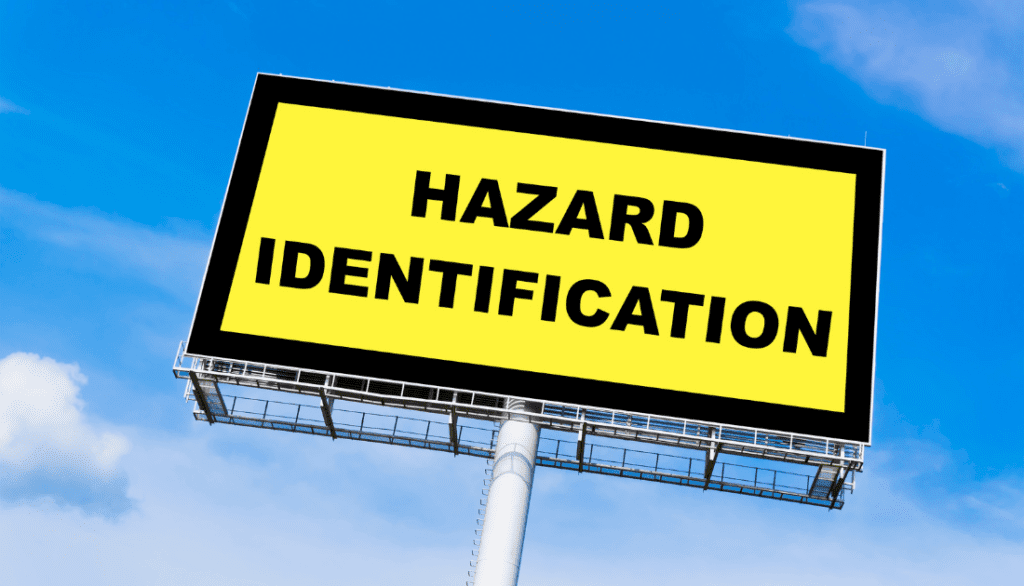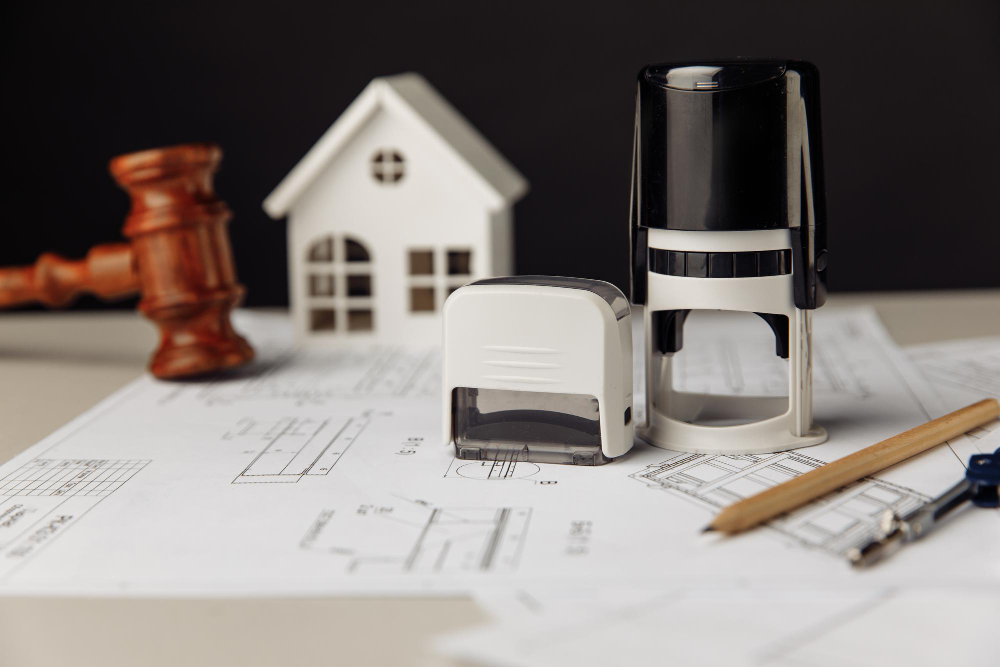Activity Hazard Analysis (AHA) is a critical component of construction safety management. It involves a detailed examination of each task on a construction site to identify potential hazards and implement measures to mitigate risks.
The goal of AHA is to protect workers, ensure regulatory compliance, and enhance overall project efficiency. Understanding how to conduct an effective AHA is essential for construction managers, safety officers, and anyone responsible for site safety.

Understanding Activity Hazard Analysis
At its core, AHA is a systematic process used to analyze specific work activities to identify hazards that could potentially cause harm to workers. It is more than just a safety checklist; AHA requires a thorough examination of each step of a task, the tools and equipment involved, the working environment, and the workers themselves. By breaking down tasks into smaller components, hazards can be identified and addressed before work begins.
AHA is typically conducted during the planning phase of a project but can be revisited and updated as work progresses and conditions change. The analysis should involve input from workers, supervisors, and safety personnel to ensure that all perspectives are considered.
Key Steps in Conducting an AHA
Select the Activity: The first step in conducting an AHA is to select the activity or task that will be analyzed. This could be a common construction activity such as excavation, scaffolding, or electrical work. The activity chosen should be one that has the potential for significant risk, either due to the nature of the work, the environment, or the tools and equipment involved.
Break Down the Activity: Once the activity is selected, it should be broken down into individual steps or tasks. Each step should be detailed enough to allow for a thorough analysis but not so granular that the process becomes unwieldy. For example, the task of setting up scaffolding might be broken down into steps such as transporting materials to the site, assembling the base, securing the structure, and inspecting the setup.
Identify Potential Hazards: With the activity broken down into steps, the next step is to identify potential hazards associated with each task. Hazards can include anything from physical dangers like falls or equipment malfunctions to environmental risks such as extreme temperatures or poor lighting. Workers’ health and safety risks, such as exposure to harmful substances or ergonomic issues, should also be considered.
Assess the Risks: After identifying the hazards, assess the level of risk associated with each one. This involves considering the likelihood of the hazard occurring and the potential severity of the outcome. For example, a fall from a height may be unlikely with proper safety measures in place, but the severity of injury could be high. Risk assessment helps prioritize which hazards need the most immediate attention.
Develop Control Measures: Once risks are assessed, develop control measures to eliminate or mitigate them. Control measures can range from engineering controls, such as guardrails or protective barriers, to administrative controls like training and supervision. Personal protective equipment (PPE) is often used as a last resort when other controls cannot fully mitigate a hazard. The goal is to reduce the risk to an acceptable level before the task is performed.
Implement the Controls: After developing control measures, they must be implemented on the job site. This may involve installing safety equipment, revising work procedures, or providing additional training to workers. It’s essential that all workers involved in the task understand the control measures and how to apply them. Communication and training are key components of this step.
Monitor and Review: The final step in the AHA process is to monitor the implementation of the controls and review the analysis periodically. As the project progresses, conditions may change, or new hazards may emerge, requiring updates to the AHA. Regular monitoring ensures that the control measures are effective and that workers are following the safety protocols.
Benefits of Activity Hazard Analysis
Conducting an AHA offers several benefits beyond regulatory compliance. It fosters a culture of safety by involving workers in the identification and control of hazards. When workers are part of the process, they are more likely to take ownership of safety practices and follow protocols diligently.
AHA also helps prevent accidents and injuries on the job site, which can lead to reduced downtime, lower insurance costs, and fewer legal liabilities. By identifying hazards early, projects can proceed more smoothly, with fewer interruptions and delays caused by safety incidents.
Moreover, AHA can improve the overall quality of work. When hazards are controlled, workers can focus more on their tasks without the distraction of unsafe conditions. This leads to better workmanship and potentially higher productivity.

Common Challenges in Implementing AHA
Despite its benefits, implementing AHA can present challenges. One common issue is the reluctance of workers or supervisors to engage fully in the process. Some may see it as a bureaucratic exercise or may be resistant to changes in established work practices.
Overcoming this challenge requires strong leadership and a commitment to safety from the top down. Management must emphasize the importance of AHA and provide the necessary resources and support to ensure its success.
Another challenge is keeping the AHA process dynamic and adaptable. Construction sites are constantly changing environments, and hazards can evolve as work progresses. It’s essential to keep the AHA up to date and to revisit the analysis whenever there is a significant change in the scope of work, the introduction of new equipment, or a change in environmental conditions.
Final Thoughts
By understanding and applying the principles of AHA, construction managers can create safer work environments, reduce risks, and ensure that projects are completed successfully. Activity Hazard Analysis is not just a regulatory requirement but a valuable tool that, when used effectively, can make a significant difference in the safety and efficiency of construction operations.


